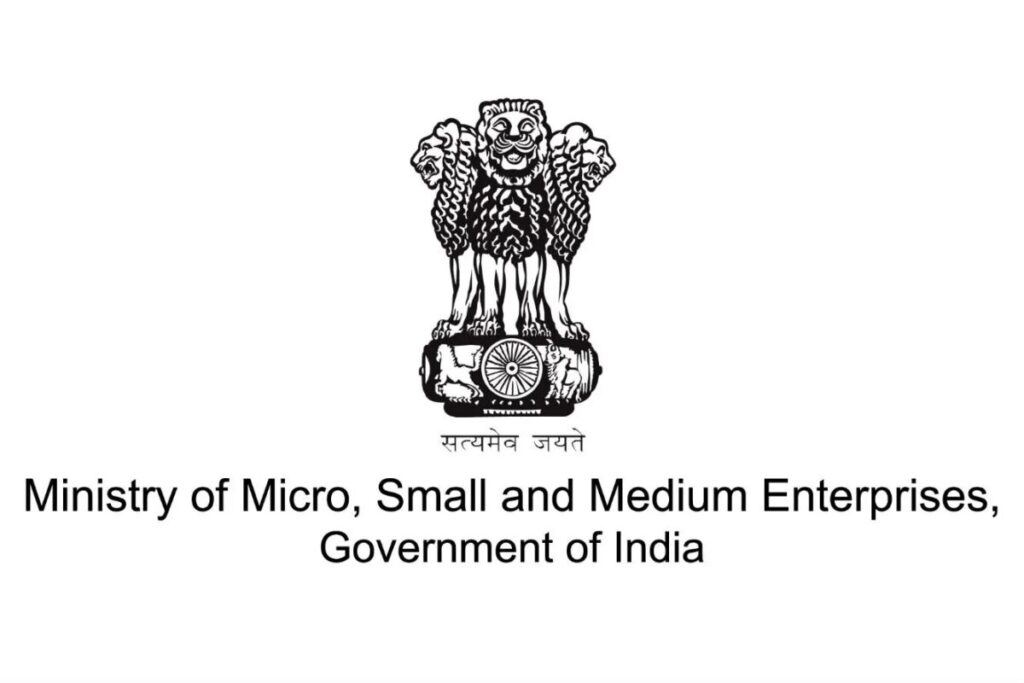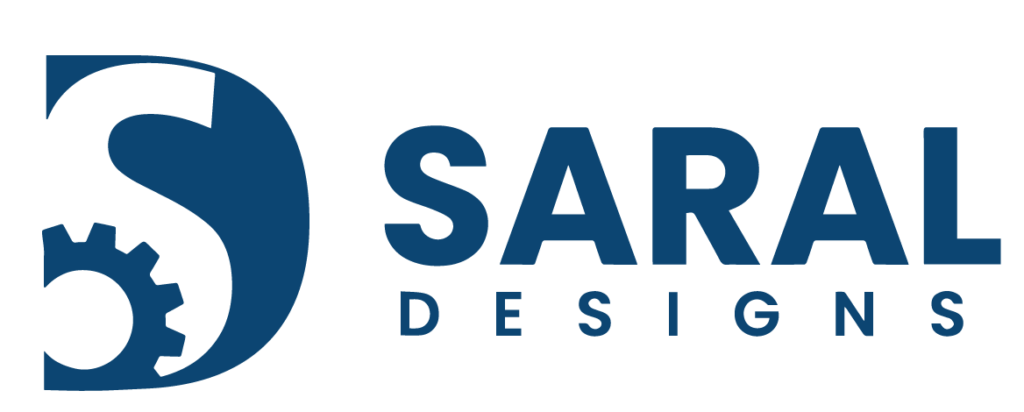About the Nepal project-
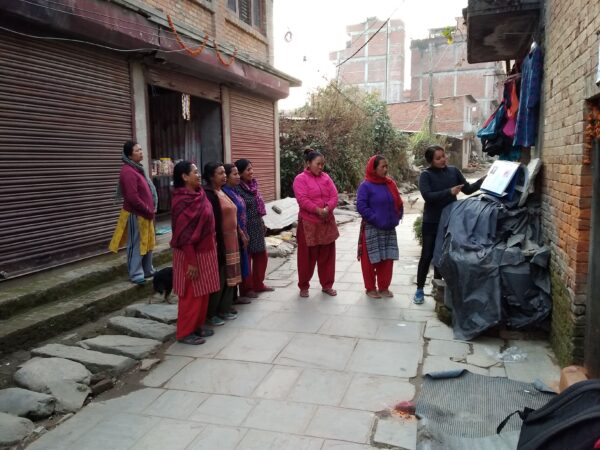
Saral started Project Atmabiswas with funding received from Millennium Alliance- round 5 challenge. The project aimed at starting a sustainable and comprehensive model for decentralized production, distribution of sanitary pads and menstrual hygiene education in four municipalities of Kathmandu Valley (Dakshinkali, Godawari, Shankarapur and Tarkeshwor). It was started in June 2019 initially 500 girls and women were oriented on menstrual hygiene and 30 Sales and Outreach Agents (SOAs) were recruited for sales of pads. These pads were sold at subsidized rates so that girls and women could afford the pads and maintain hygiene during periods. Under this project orientations on menstruation and hygiene practice were done in communities and schools. These sessions were on hold during the pandemic for some time but later in between lockdowns from the end of February to April 2021 they were continued in all intervention areas with help of 43 Field Coordinators. Through these sessions, we were able to reach 16,141 girls and women with orientation on menstruation and menstrual hygiene management.
Key Interventions in this Project:-
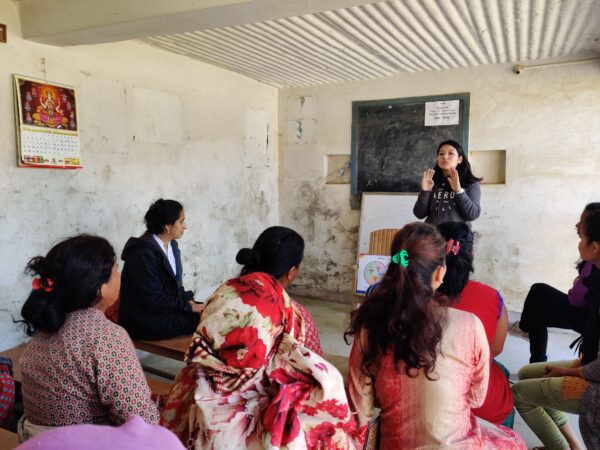
- Baseline and Endline survey covering 1591 women and girls.
- From 2019, identification of 30 Sales and Outreach agents on door-to-door sales and MHM in Kathmandu Nepal.
- Setting up 2 production units in Nepal –
- Aarogya Hygiene in Itahari – high-speed machine (Swachh 4.3), with capacity of 20,000 pads per day
- The Women’s Foundation in Kathmandu – Manual machine (Swacch Micro) with capacity of 3000 pads per day
- Raw materials suppliers identified, testing completed, raw materials ordered for 3 months supply.
- A total of 16141 women and girls were given training on menstrual health management.
- This program was designed to target younger girls so that they are better equipped with knowledge on menstruation when they get their first menstruation and practice good hygiene.
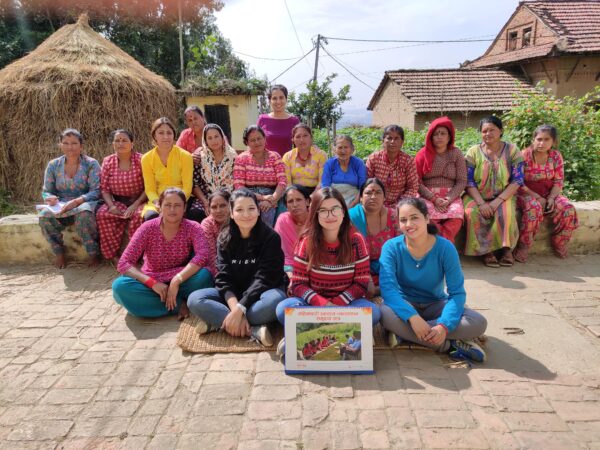
Some improvements have been recorded between the baseline and endline survey in the menstrual hygiene data, this suggests successful implementation of the program. The key indicators covered in baseline and endline is given below –
- There is an overall increase seen in the end line (77.05%) compared to baseline (72.22%) in the level of knowledge about menstruation before menarche.
- The average age at which girls had their first menstruation was 12 years of age. Mothers were the primary person from whom the girls received information on periods.
- A majority of the girls in Kathmandu Valley were either resting (32.81%) or not doing anything (22.14%) about the health issues experienced during menstruation.
- Girls and women were also found taking medication (27.08%) to relieve their pain during menstruation.
- The girls in FGD reported resorting to light exercise and hot water bags to relieve the pain which was helpful.
- There was an increase in sanitary pad users in Kathmandu Valley in the end line (58.86%) compared to baseline (52.74%).
- Girls and women using sanitary pads did not report any problems with the sanitary pads.
- The most common reason for using the specific brand was easy to use and price.
- The girls and women were looking for pads that they could afford, which were longer in size and long-lasting.
- One of the deterring factors for not using sanitary pads was the price of the pads. Still, 38% of girls and women in Kathmandu Valley cited pads being expensive as a reason for not using it.
- Saral’s reasonably priced pads were introduced in the market to increase the uptake of sanitary pads and given to women and girls as samples for trying.
- For the cloth/ cloth pad users, a remarkable increase is seen in the knowledge on the process of cleaning cloth/cloth pad. In the baseline only 9.47% of girls and women said that the used cloth/cloth pads need to be cleaned, dried and stored properly which rose to 33.87% in the end line.
- The project in very little time was able to get the message across of properly cleaning and storing the cloth/cloth pad for reuse. Future project to focus on translating knowledge into practice.
- The handwashing practice before changing pads has significantly increased in the end line (91.92%) compared to baseline (61.94%). Design activities to further promote hand washing to achieve 100% before changing pads.
- There is still scope to promote changing of pads regularly throughout the day. The data reveals that 0.38% and 29.7% of girls and women in Kathmandu Valley still change pads one and two times a day. The girls during the FGD said that they change the pads 3-4 times a day which shows that they are aware of the frequency of changing pads and are practising it.
- More girls and women in Kathmandu Valley in the end line were taking baths daily or on the second day during menstruation compared to baseline. In the baseline, 33.76% of girls and women were taking baths daily which increased to 45.64% in the end line.
- Similarly, in the end line 49.39% of girls and women were taking baths on the second day compared to 37.14% in the baseline.
- The FGD participants expressed that they wanted to take baths every day during menstruation but were not allowed to by family members.
- A marginal decrease is observed in the end line (48.68%) compared to baseline (49.12%) on disposing of the used sanitary pads by throwing it in a dustbin among girls and women in Kathmandu Valley. Among the school-going girls, 44.94% in the end line compared to 39.41% in baseline threw the used sanitary pads in the dustbins.
- The girls during FGD said that dustbins are not being replaced at schools to be used and the bins do not have covers.
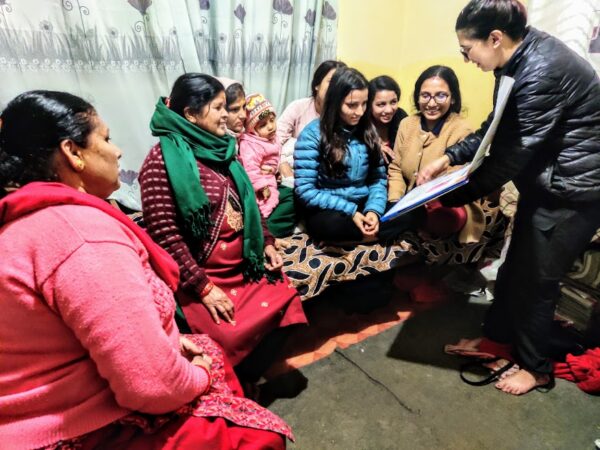
Although the length of the project was short, it was able to make tangible changes in the knowledge and most of the practices regarding menstruation and hygiene. Most of the hygiene practices that were seen in the endline (a year after implementation of the project) were adopted and practiced by the girls and women in the intervention area.
Pictures
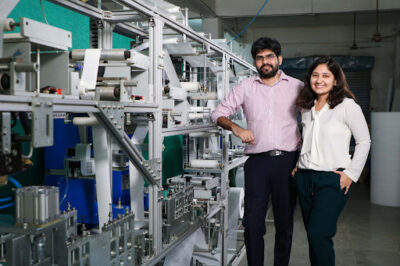
7 Years at Saral Designs

Impact created by Saral Design by the Menstrual Health Management Project


